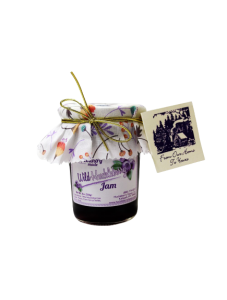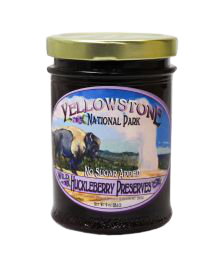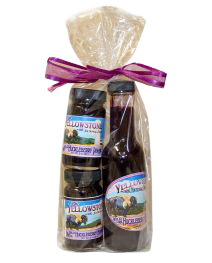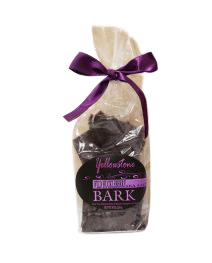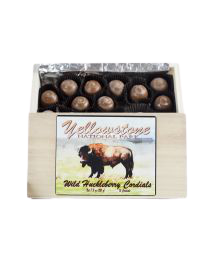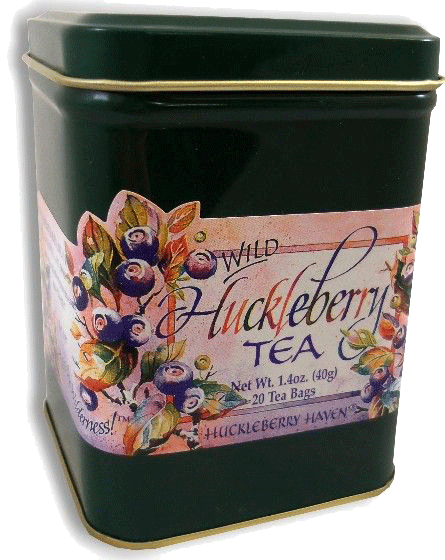The Wild Huckleberries of Yellowstone
Huckleberries
They’re plump and sweet and tart. They resist cultivation and must be handpicked in the wild. And visitors to Yellowstone National Park eat them up.
The humble huckleberry has made its way into everything from milkshakes to bath salts. Visitors sip huckleberry margaritas at the historic Old Faithful Inn. They pour huckleberry syrup over their pancakes at the M66 Grill at the park’s new Canyon Lodge. They snap up huckleberry lip balm at the Lake Hotel’s gift shop. They line up for huckleberry ice cream cones at Mammoth Hot Springs. Consider it the ultimate eco-friendly ingredient. But what exactly is a huckleberry?
Often confused with the blueberry due to its close resemblance, huckleberries are a wild blue-black berry. Although very similar in taste, the big difference is the seeds within the huckleberry that give it a crunchy texture when fresh and its thicker skin. The flavor is a little more tart than blueberries, with an intense blueberry flavor. Huckleberries have been a staple of life for Northwest and Rocky Mountain Native American tribes for thousands of years. There are special areas in western Montana that are notorious for huckleberries and have the reputation for producing more berries than any other area. [1]
But where do huckleberries grow? Huckleberries grow on bushes at high elevations above 5,000 feet, and can’t be commercially grown. Because they’re wild, they’re free of chemicals and fertilizers. Huckleberry season is normally from June through August. And in late summer, legions of pickers take to the mountains of Montana and beyond to collect them. Including grizzly bears! Huckleberries are one of the grizzly bear’s favorite foods, consisting of up to 1/3 of their sustenance. [1] Starting around midsummer, grizzly bears begin feeding on strawberry, globe huckleberry, grouse whortleberry, and buffaloberry.
About 40,000 to 50,000 pounds of the delicate fruit end up at The Huckleberry People headquarters in Missoula, Mont., where owners Terry and Lois Richardson clean and quick-freeze them. Then they become the key ingredient in products like chocolate cordials, licorice, cookie mixes, jelly beans, taffy, caramels, and, of course, jam. The company is a major supplier to restaurants and shops in Yellowstone and other national parks.
The Richardsons got into the huckleberry business in 1982. And what started with a simple jam recipe has spread to a plethora of other products, including a bath and beauty line, and even candles. Terry Richardson says they’ve considered other berries — blueberries, chokecherries, gooseberries. But there’s magic in a wild huckleberry.
“The taste is more intense. I guess it’s like the difference between driving an eight-cylinder car and a four-cylinder car,” he says. “Things that grow in the wild generally have more flavor.”
Here are a few of our favorite huckleberry gifts you can grab:
Wild Huckleberry Sea Salt Bark
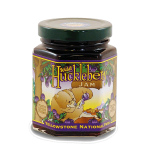
For more great huckleberry gifts, visit our online gift store. Huckleberries can be found in our taffy, gummies, jelly beans, and even coffee and wine slushy mix!
Washington, DC-based freelance writer Jayne Clark has been a travel reporter at USA TODAY and several other daily newspapers.
For more travel experiences to Beautiful Places on Earth™ available from Xanterra Travel Collection® and its affiliated properties, visit xanterra.com/explore.
Want to experience Yellowstone in-depth? See what makes Yellowstone National Park a great place to work for a season or longer!
[1] https://whatscookingamerica.net/History/HuckleberryHistory.htm
Explore Dining in Yellowstone
- Explore Dining in Yellowstone
